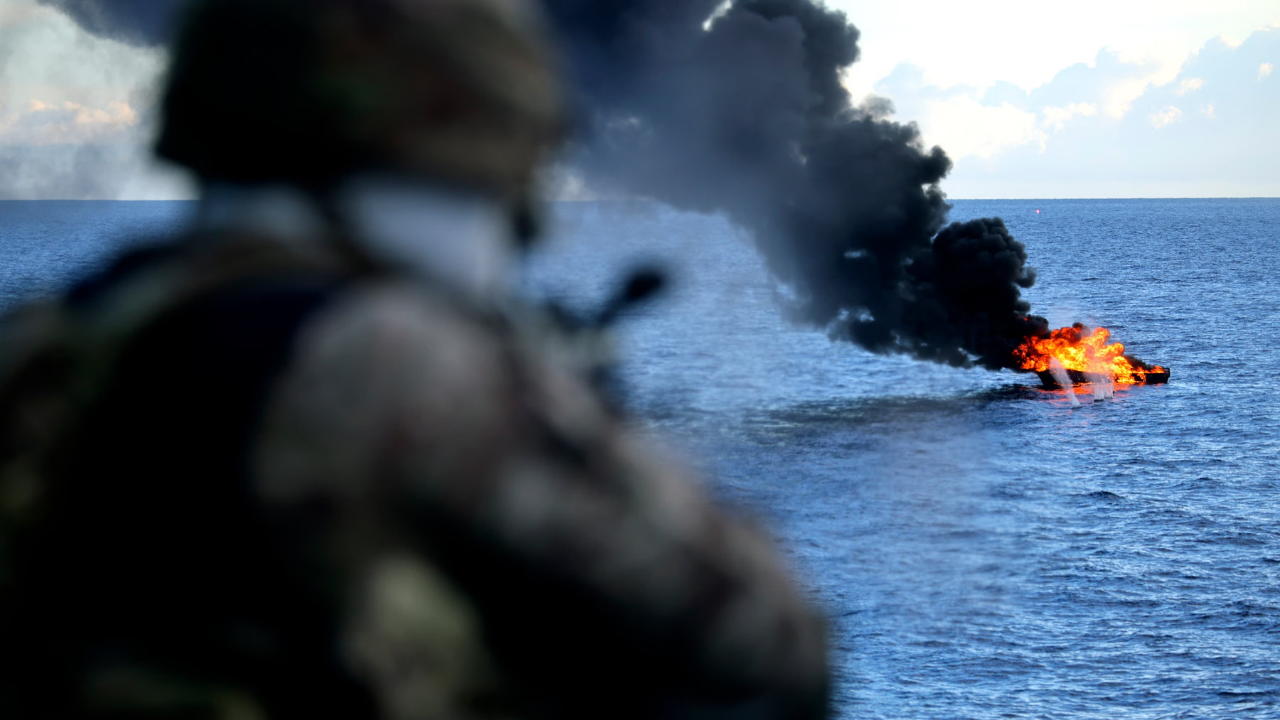
In early September 2025, a U.S. military strike destroyed a suspected drug-smuggling vessel in the Southern Caribbean, marking a new flashpoint in Washington’s fight against Latin American cartels.
Officials said either an MQ-9 Reaper drone or a helicopter launched the missile that obliterated the speedboat—a strike ordered as part of President Donald Trump’s renewed campaign against transnational crime, which he framed as a direct threat to U.S. security.
Trump Shows Dramatic Strike Footage, Declares War on Narco-Terrorists

President Trump announced the attack from the White House, calling it “a drug-laden boat linked to Venezuela’s Tren de Aragua gang.” Hours later, he shared a clip of the explosion on Truth Social, showing the vessel erupting in flames after a direct missile hit.
President Trump, stated that the vessel carried drugs and warned traffickers that the U.S. would act. He emphasized, ‘Big bags of cocaine and fentanyl all over the place,’ and ‘we have proof the boat was carrying drugs.’
Pentagon Estimates $350 Million in Cocaine Lost at Sea in Major Blow to Cartels

According to a Reuters report, Pentagon officials estimated that the vessel may have carried up to $350 million in cocaine and synthetic drugs; this figure remains an official estimate, based on known routes and intelligence, and is not fully verified.
Analysts say the strike sent a shockwave through trafficking networks, showing the U.S. reach in regional waters.
Rubio Confirms Strike: “We Blew It Up and We’ll Do It Again”
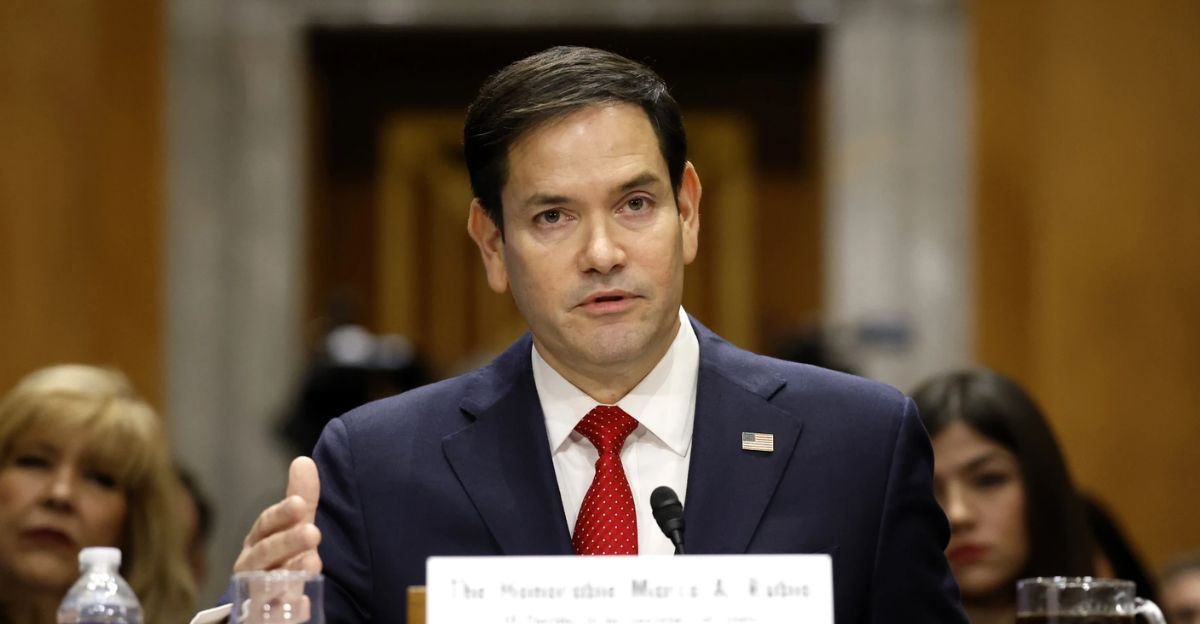
Secretary of State Marco Rubio, at a press briefing, confirmed U.S. strikes are now focused on destroying drug boats rather than intercepting them, stating, ‘Rather than intercepting it, following the president’s orders, we destroyed it. And this will happen again.’
His blunt statement highlighted the Trump administration’s shift toward more aggressive interdiction tactics at sea and indicated a willingness to escalate against high-value cartel operations.
Inside the Vessel: A Venezuelan Speedboat at the Heart of the Drug War

Venezuelan media described the destroyed speedboat as 12 meters long with four powerful outboard engines. According to El Nacional, it left San Juan de Unare, a fishing village long controlled by the Tren de Aragua cartel.
Locally, it is known as the hub for human smuggling and narcotics shipments bound for the Caribbean, West Africa, and beyond. Villagers said the boat was familiar, often used in routine smuggling runs across nearby waters.
Meet the Tren de Aragua: Venezuela’s Most Feared Organized Crime Network
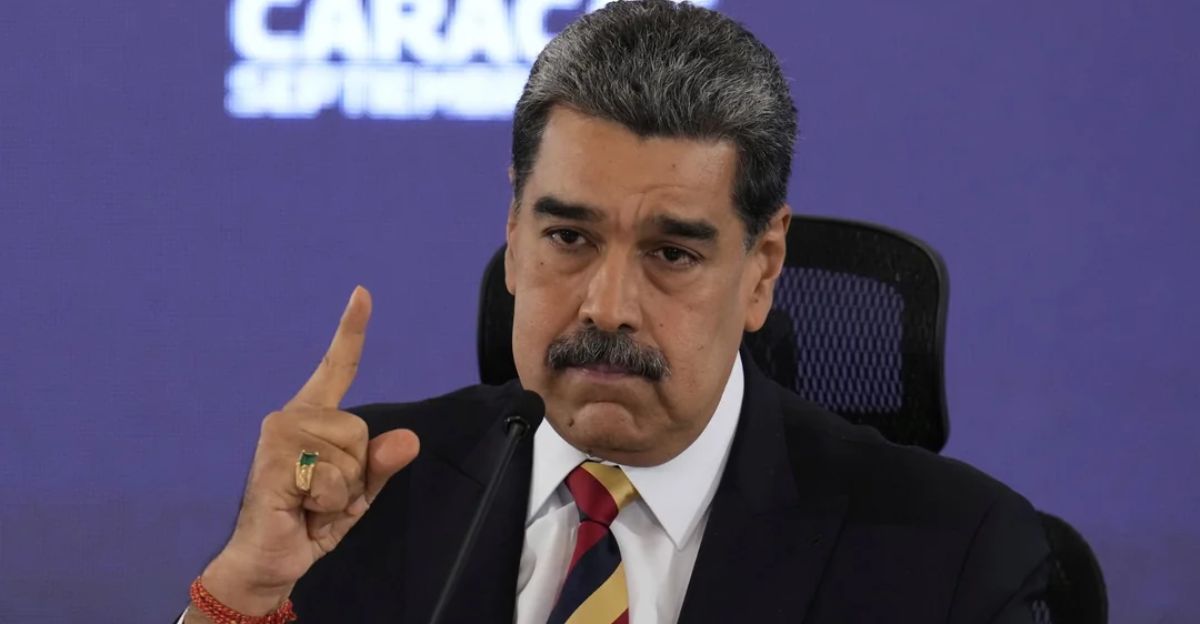
The Tren de Aragua has grown into Venezuela’s most feared criminal network, with operations stretching from Chile to Panama. U.S. intelligence agencies classify it as a “narco-terrorist organization” that thrives under protection from elements of President Nicolás Maduro’s regime.
Regional experts say the gang’s reach has transformed once-quiet fishing villages into logistics nodes for global trafficking. Investigators link it to extortion, kidnapping, and human trafficking in addition to drugs.
Crew Ignored Multiple Warnings Before Deadly Strike Hit

Witnesses told Colombian outlet Semana that the boat’s crew ignored at least three warnings broadcast in English, Spanish, and Portuguese to stop. Retired naval officer Luis Quiñonez said some crew appeared to dump packages overboard moments before the strike. “
They thought they could outrun the drone,” he said. “But those Reapers don’t miss.” Military sources added that warning messages were designed to ensure civilians were not in danger, though uncertainty remains.
Reaper Drone Captures Final Moments of Cartel Vessel on Fire
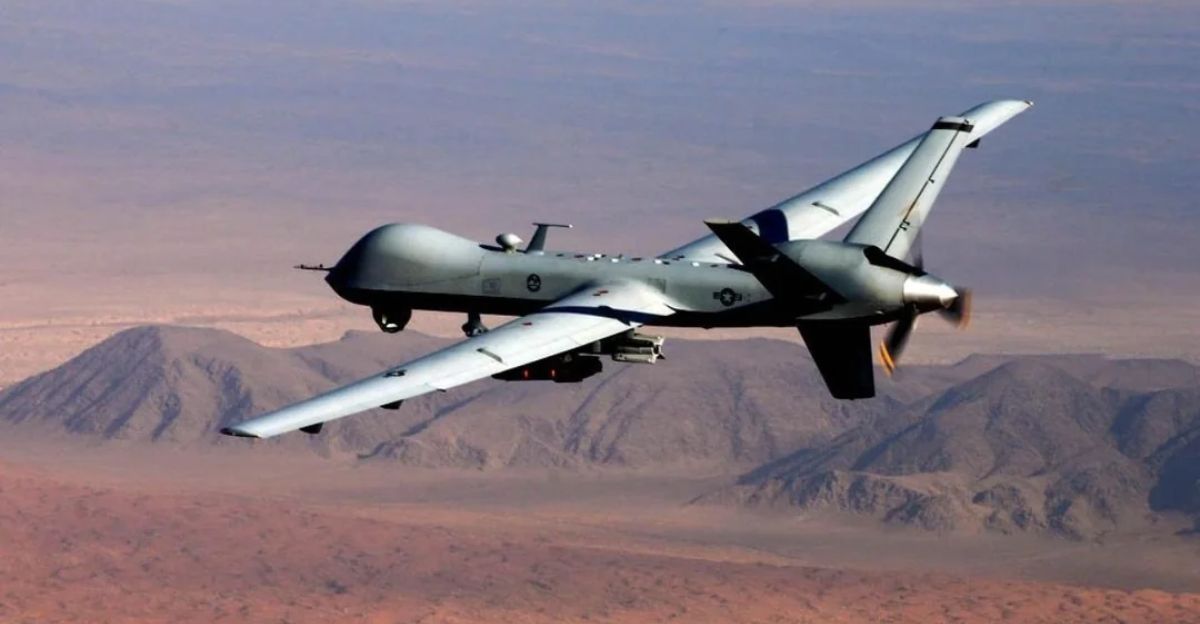
Infrared footage reviewed by Reuters showed a missile streaking toward the vessel seconds before it exploded. The Pentagon declined to identify the weapon or confirm whether a Reaper or a Navy helicopter launched it, citing operational security.
Independent analysts said the video appeared authentic and showed a clean strike, confirming the vessel’s destruction in under ten seconds.
Legal Questions Raised Over U.S. Military Strike in International Waters

Legal experts have questioned whether the attack violated international maritime law. Professor Rafael Mendez of the University of Miami told ABC News it was “unusual and without clear precedent,” noting that suspected smugglers are typically intercepted, not destroyed, in open waters.
Some scholars cited the 1989 U.S. invasion of Panama as the last example of unilateral military action in Latin American waters with similar legal ambiguity.
Civilian Passengers May Have Been Aboard, Venezuela Claims
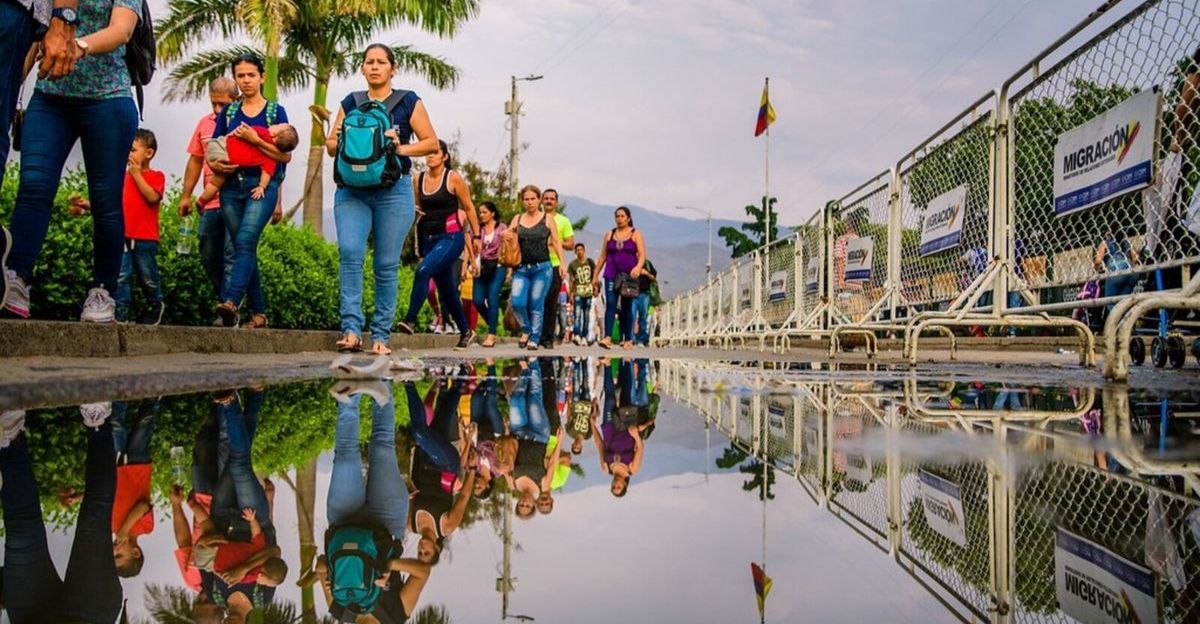
Venezuelan outlets reported claims that not all on board were traffickers—some passengers may have been migrant workers returning to Trinidad. The assertion remains unverified, but it fueled anger in Caracas. “They were fishermen, not terrorists,” one local activist told Últimas Noticias.
U.S. officials have not released details of the dead, citing incomplete forensic data, but acknowledged that independent verification is limited in the chaotic aftermath of such strikes.
Caracas Condemns U.S. Strike and Accuses Trump of Propaganda

Caracas quickly denounced the attack as “a clear act of aggression.” Communications Minister Freddy Ñáñez accused Washington of “murdering our citizens at sea” and suggested that the viral strike footage might have been AI-generated. Reuters’ forensic video team later dismissed that claim, finding no digital inconsistencies.
Analysts said Venezuela’s criticism reflects broader tensions between the U.S. and Maduro over alleged support for criminal networks.
Coastal Town Mourns as Families Grieve Victims of Strike
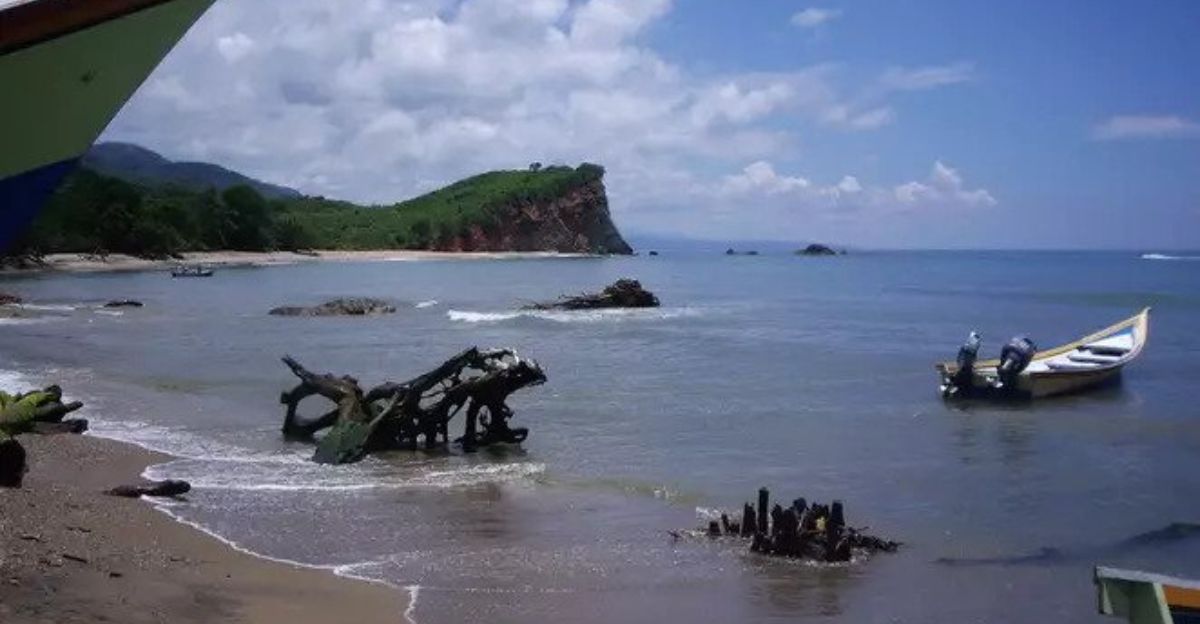
In San Juan de Unare, grief rippled through the tight-knit coastal town. Local groups shared tributes online for 11 victims, eight from the village and three from nearby Güiria.
Candles and hand-painted posters lined the beach as residents accused the U.S. of “mass murder.” “We lost fathers, brothers, and sons,” one woman told Efecto Cocuyo, describing the strike’s emotional toll on the community.
U.S. Confirms Follow-Up Strikes in Caribbean Drug War Escalation
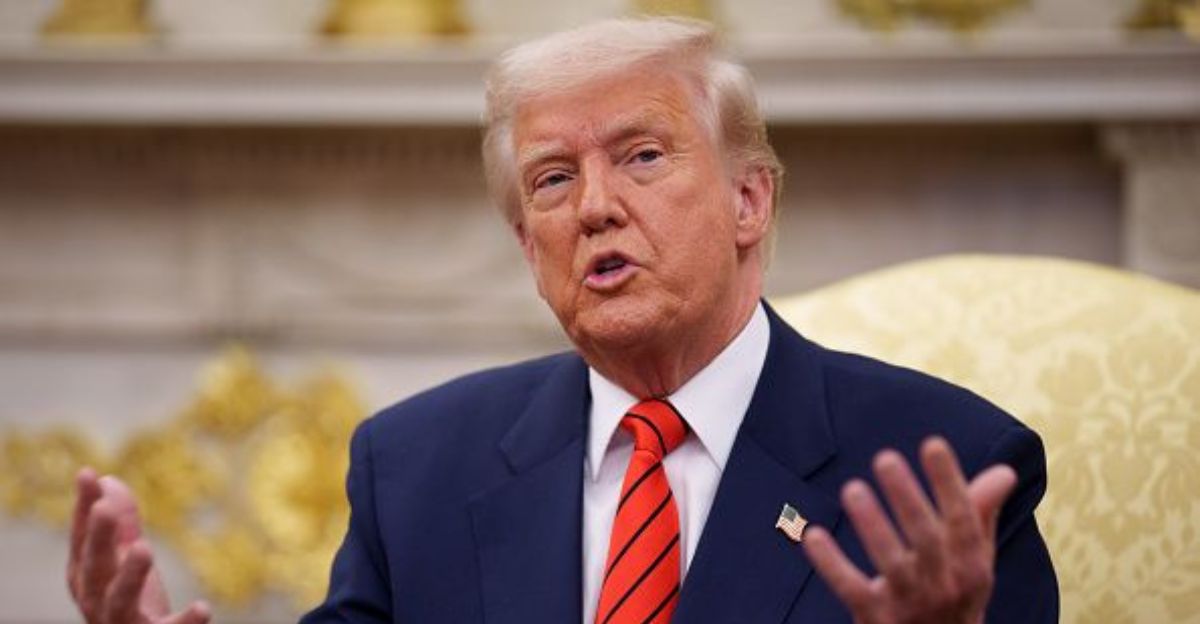
The incident was part of a broader campaign. Within weeks, U.S. Southern Command confirmed at least four additional strikes on similar drug-running boats across the Caribbean corridor.
Defense officials said each mission targeted “high-value cartel operations” tied to the same Venezuelan network, signaling a new kinetic phase in the region’s long-running narcotics war. Independent outlets, including BBC and The War Zone, verified the follow-up operations.
Major U.S. Naval Build-Up Signals Determined Anti-Cartel Push
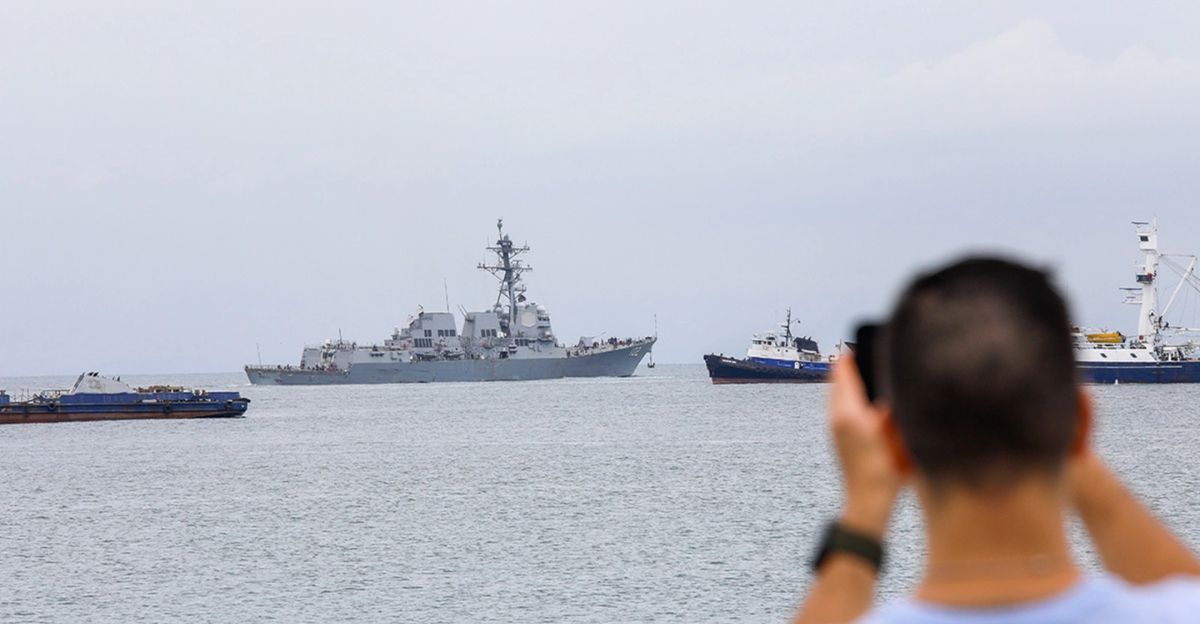
By late September, seven U.S. Navy warships and a nuclear-powered submarine had redeployed to the Southern Caribbean. Pentagon officials said the buildup was intended to “deny cartel freedom of movement” and halt maritime cocaine flows.
Observers note that while the display of power strengthens interdiction, it also risks confrontations with regional navies or private security contracted by cartels, raising operational and diplomatic stakes.
Defense Secretary Warns “No One Transporting Narcotics Is Immune”
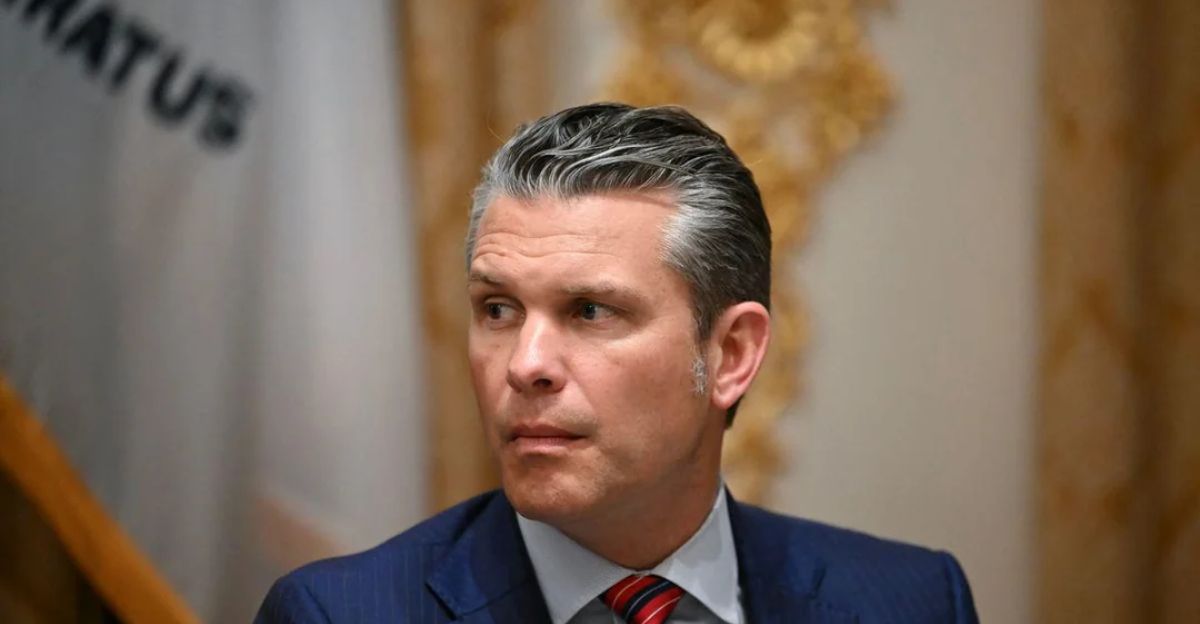
Defense Secretary Pete Hegseth later told CBS News, “No one transporting narcotics is immune from interdiction.” His remarks followed reports of a second Venezuelan vessel struck on September 14, killing three.
“We’re not waiting for these traffickers to reach our shores anymore,” he added. Observers said the statement highlights an aggressive stance intended to disrupt high-value cartel operations preemptively.
Strikes Serve Dual Purpose: Disrupt Drugs and Pressure Maduro
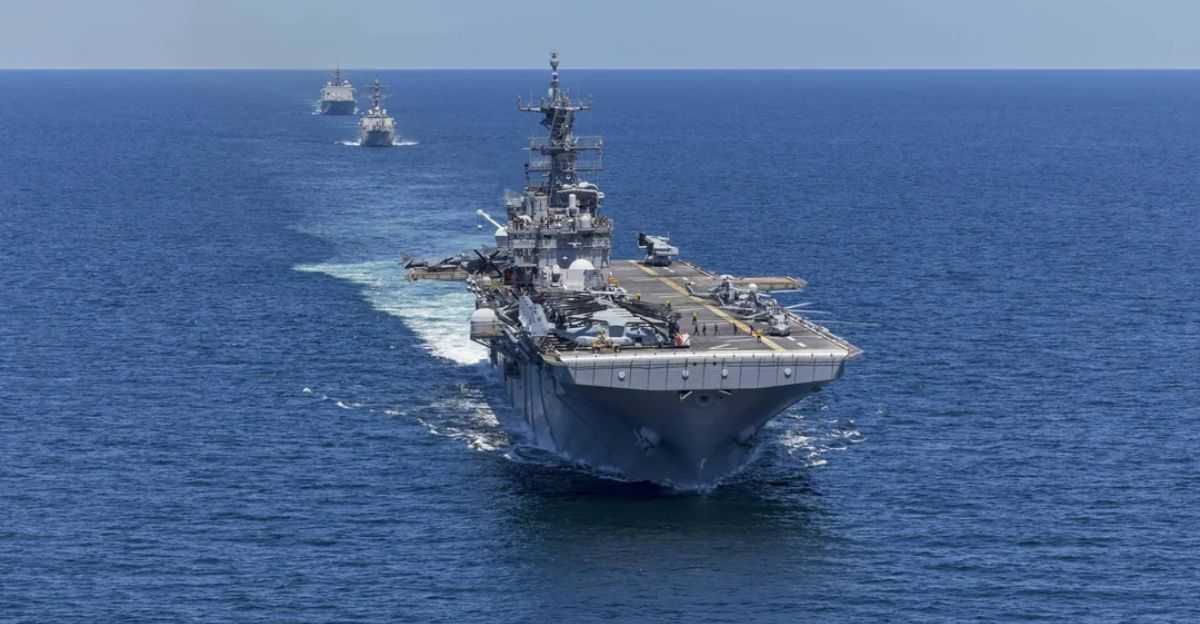
Analysts see the strikes as both operational and political. “It’s a message to Maduro,” said political risk consultant Diego Solórzano. “Washington is signaling that Venezuela’s protection of criminal networks won’t go unanswered.”
U.S. officials note that Maduro’s inner circle allegedly profits from cocaine exports through state ports, making strikes a strategic tool to influence regional behavior without full-scale invasion.
Anti-Cartel Tactics Borrowed from War on Terror Playbook
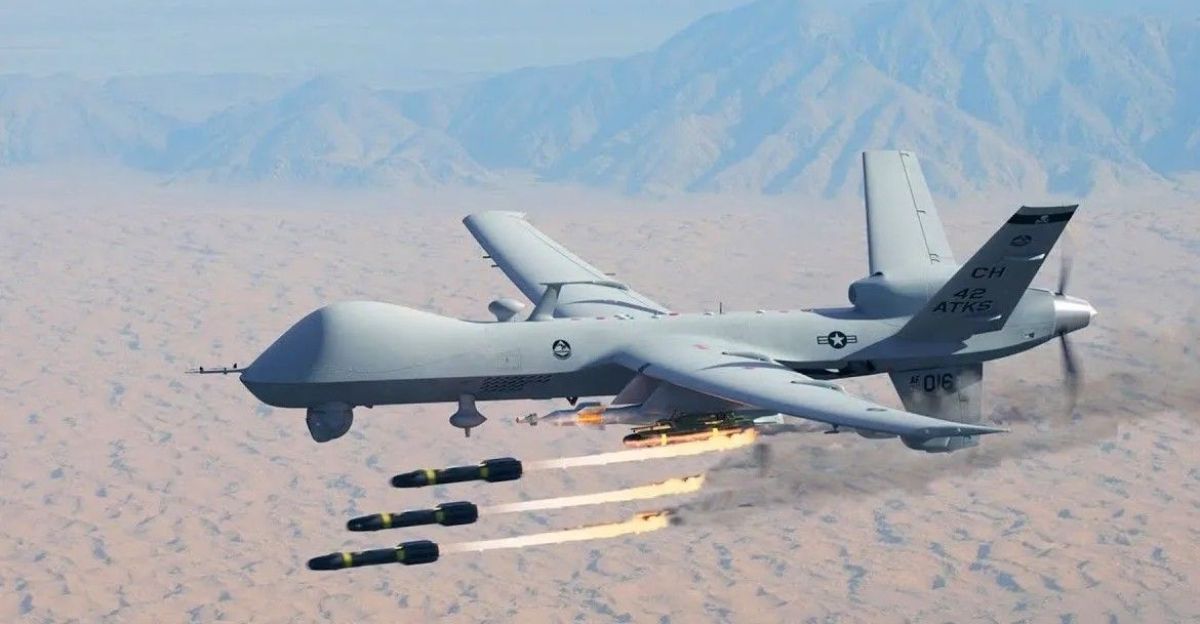
According to The Economist, U.S. commanders have imported counter-terrorism tactics from Middle East operations. The missions now integrate satellite tracking, Reaper drones, and Navy fast-response units.
“It’s the same playbook used against ISIS convoys,” one retired Air Force strategist told the outlet, “just applied to drug cartels instead of insurgents.” The approach aims for speed, precision, and minimal collateral damage while maximizing deterrence.
Regional Leaders Worry About Precedent for Unilateral Strikes
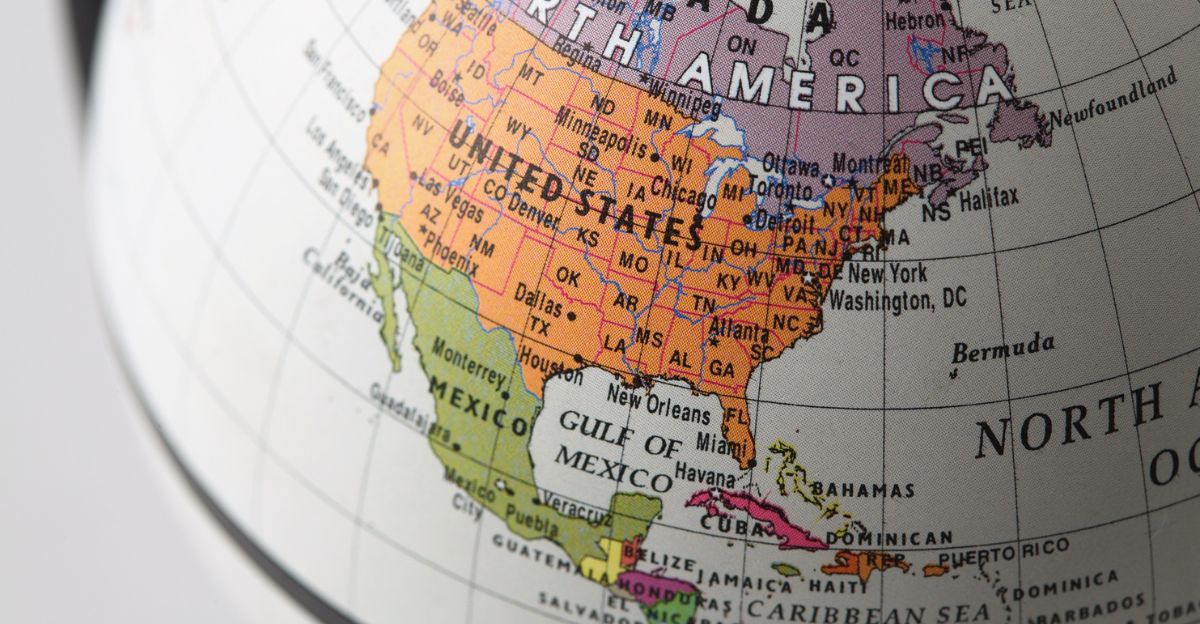
While the White House frames the campaign as “defending the homeland,” Latin American leaders warn it could erode sovereignty. Colombia’s foreign minister told El Tiempo, “Unilateral military actions, even against traffickers, set a dangerous precedent.”
Several Caribbean governments requested clarification on U.S. rules of engagement. Analysts say balancing regional relations with anti-cartel objectives remains the administration’s most delicate challenge.
Domestic Debate Intensifies Over Use of Lethal Force

The operations have ignited debate in Washington over legality and oversight. Civil-rights attorneys argue that lethal force against untried suspects blurs lines between law enforcement and warfare. “Being suspected of transporting drugs does not justify execution,” one congressional oversight official told NPR.
Lawmakers have called hearings, emphasizing the need for congressional oversight while the Pentagon maintains operational flexibility.
A Message Sent in Fire: U.S. Drones Demonstrate Deadly Reach

One Pentagon analyst told The Cipher Brief, “This was a demonstration shot—the world saw what American drones can do.” In less than ten seconds, a vessel loaded with hundreds of millions in narcotics vanished beneath the Caribbean waves.
The explosion lit up the night sky, signaling the start of a new and volatile front in America’s war on drugs, one that merges high-tech warfare with old-fashioned maritime interdiction.